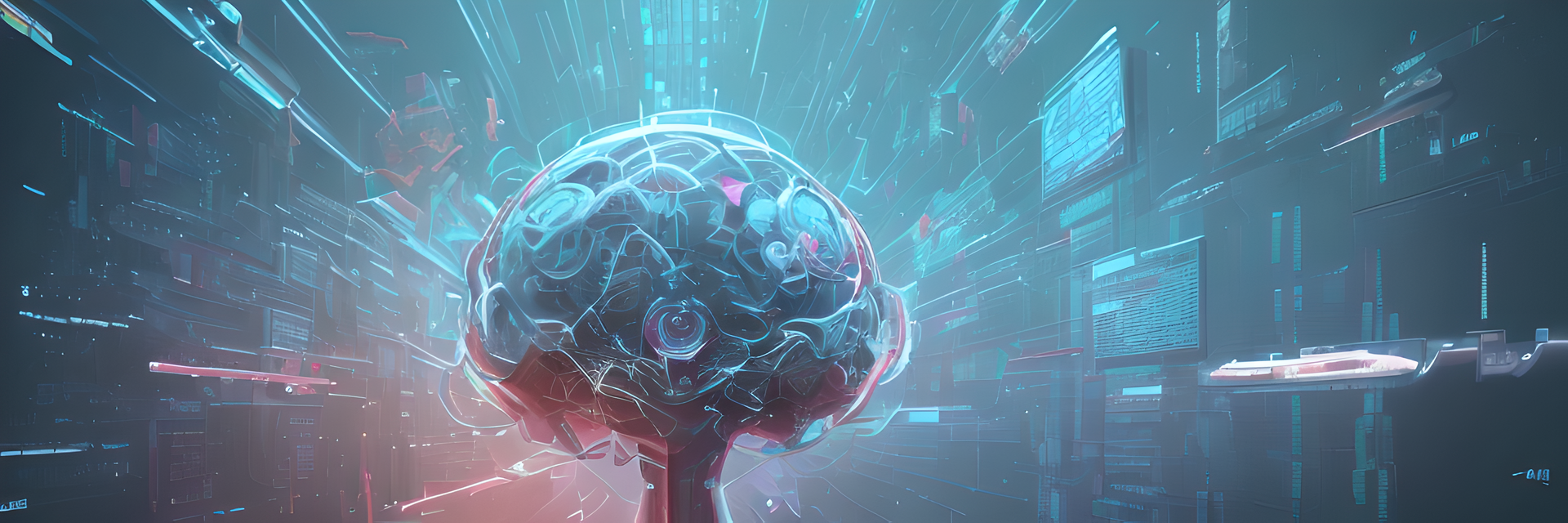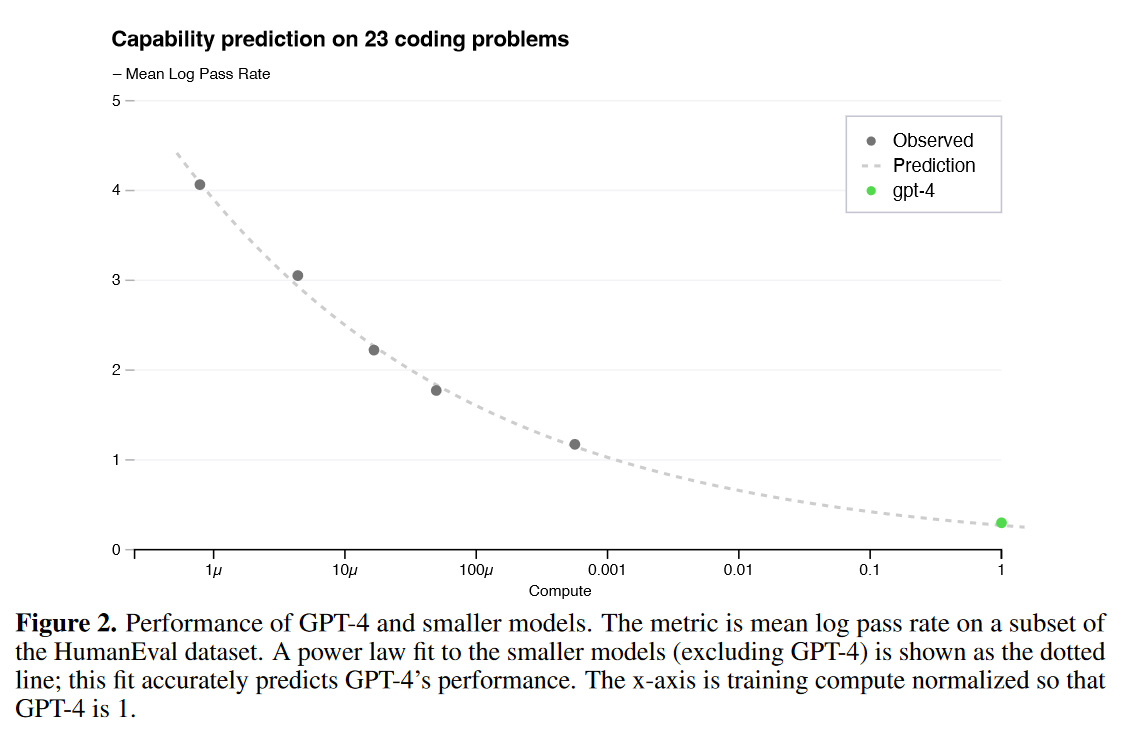AI, Web3, VR/AR: The Coming Trifecta, Part 1

I hold a strong belief, or rather a hypothesis, that the next leap in technology will be realized through the confluence of three fields: AI, web3, and VR/AR. The exact manner and path through which this will occur remain unclear, but the vision is rapidly coming into sharper focus.
Part 1 - A.I. And Economic Value
AI is unmistakably here to stay, and it needs little persuasion to accept that it will form the backbone of the future digital economy. As companies and individuals rush towards the AI goldmine, a few noteworthy issues arise.
The two immediate issues facing our economic future are:
- AI will replace human labour
- AI is not scarce
AI is Labour
The success of ChatGPT has already demonstrated that AI is replacing human labour, at least in cognitive work. This is now our reality, and it’s only a matter of time before its capabilities extend towards robotic control systems. Consequently, physical labour will soon be dominated by AI as well. The last time machines massively replaced human labour was during the industrial revolution, but what’s different this time is that humans will no longer be in the driver’s seat, and work can be performed entirely without human involvement.
At first glance, this might seem positive, as productivity will increase exponentially, and more value can be produced. While human workers might suffer, investors and shareholders could be content. A deeper examination, however, reveals a different picture.
Capital and AI
OpenAI’s success with ChatGPT has demonstrated that capital can be directly transformed into productive AI models.
Before ChatGPT 3.5, model training was a risky venture, where model outcome was often unpredictable. Post-ChatGPT, there is now a proven method that leads to predictable compute-performance trade-offs [1].

Producing these models is a now a capital-intensive activity that requires computing centres, GPUs, and vast amounts of electricity, with relatively low risk. These AI models, which are value-producing labourers and therefore assets, fuel the ongoing capital race to create as many AI assets as possible.
However, unlike a steam engine, an AI asset (model) is a digital data object. Reproducing such a data object comes at almost zero cost—simply copy and paste. Of course, there’s the marginal cost of storing the data object, but it’s trivial when compared to the 10-100 million dollars needed to create it, not to mention the months of training time. So AI assets have an extremely high creation cost, but negligible duplication cost. This situation is reminiscent of the dot-com era when Web 1.0 and 2.0 economies disrupted traditional publication and music industries because digital assets in articles and music had almost zero duplication cost.
A similar scenario is unfolding even faster this time around. Large language models like LLAMA, Flan, ChatGPT can only be developed by institutions with deep pockets. As soon as these models are released/leaked, the open-source community starts to outpace large companies in development cycles because copying model data is trivial. This creates pressure on companies to train even more capable models, as resting on your laurels means to be outcompeted.
AI Destroys Value
The lesson from the Web 2.0 era was that data on the internet is eternal, and fighting piracy is a losing battle. When an AI model is released or leaked, the scarcity of its productivity vanishes.
While the strategies companies will use to protect their assets and recoup their initial capital investment are still open questions, one outcome is nearly certain: as AI models become commonplace, their productivity becomes non-scarce, and therefore their labour value will approach zero. This trend will inevitably drive down comparable human labour prices and destroy labour value across the economy. Hence, AI is the great value destroyer.
AI will bring about the destruction of a certain percentage of the existing economy and displace a significant number of people. With any new technology, new markets will open up and new economic activities will evolve. This is where cryptocurrencies and AR/VR can fit into the puzzle.
Just as AI is poised to disrupt the status quo, these technologies carry significant potential for reshaping the economic landscape. The next parts of this series will attempt to unravel how these technologies can shape the future alongside AI.
References
- OpenAI, “GPT-4 Technical Report.” arXiv, Mar. 27, 2023. Accessed: Jun. 28, 2023. [Online]. Available: http://arxiv.org/abs/2303.08774